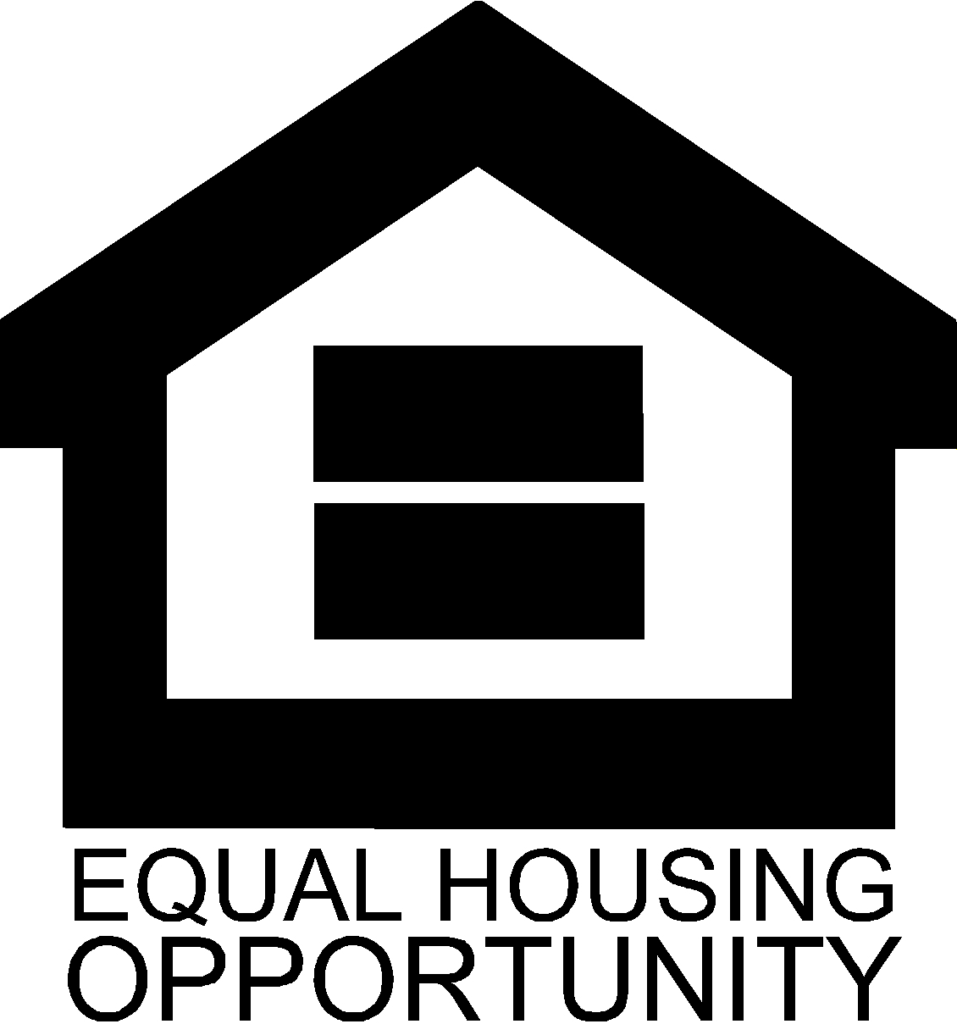The difference between pre-qualification vs. pre-approval is the verification process lenders use to determine how much you qualify for. They may seem interchangeable, but they mean different things. With a pre-qualification, lenders rely on self-reported information to offer you a quote. It doesn’t typically require them to verify your credit, employment, or financial documentation. On the other hand, pre-approval involves verifications to approve you for a mortgage loan. Lenders review your credit, verify your employment, and look at financial documentation, like pay stubs, bank statements, and tax returns. When you’re ready to make an offer on your house, a pre-approval tells the seller that you’re an approved buyer who can afford to buy their home, giving you an edge over non-approved and pre-qualified buyers.
What is Mortgage Pre-Qualification?
Mortgage pre-qualification helps lenders understand how much you can borrow by asking a few questions about your finances. For example, they’ll ask about your income and whether or not you have a down payment saved up. Lenders may also ask for basic information about your credit score and monthly debts. Because it’s based on estimated figures only, pre-qualification is generally quicker than pre-approval. You can use a pre-qualification as a guide to determine your price range, but not much more. These can be useful for buyers who aren’t serious about buying a home soon.
What is Mortgage Pre-Approval?
Mortgage pre-approval is a more robust indicator of your ability to secure a home loan. It goes a step beyond pre-qualification by looking at your credit, verifying your financial documents, and making you stand out among other home buyers when it’s time to make an offer. With pre-approval, lenders pull a hard inquiry on your credit report and verify each source of income that you list on the loan application. A pre-approval allows lenders to determine your debt-to-income ratio, which tells them exactly how much you can borrow. Along with that approval, you’ll get an itemized estimate of interest rates, closing costs, monthly payments, and the maximum amount you’re approved to buy. One big advantage pre-approval has over pre-qualification is that it can be the difference between getting an approved offer on a home or losing it to another buyer. Sellers and their agents know that pre-approvals mean more than pre-qualifications, and they’ll rarely look at an offer that doesn’t include a pre-approval letter.
How to Get Pre-Approved?
There is a formula for getting a mortgage pre-approval. No matter your lender, plan to follow these basic steps.
. Determine Your Monthly Payment
The most crucial part of buying a home is being sure you can afford its payment. So, before you get pre-approved, decide how much you feel comfortable spending each month and write that number down.
A mortgage lender may pre-approve you for a larger monthly payment. Stay within your budget.
. Find a Mortgage Company To Pre-Approve You
Mortgage pre-approvals are free through most mortgage websites with no obligation to proceed. Many home buyers get their mortgage from a different company that pre-approved them. So, don’t overthink this step. The critical part of getting your pre-approval is that you get it. Without a pre-approval, you cannot buy a home.
. Locate Financial Documentation
As part of your pre-approval, the lender may ask for supporting paperwork, including:
. Bank statements
. W-2 statements
. Pay stubs and proof of deposits
. Federal tax returns
. Student loan statements
You don’t need them downloaded or on your hard drive in advance. Just know where to find these documents when you get asked.
. Get Pre-Approved
Mortgage pre-approvals get processed online or in person. The simplest pre-approvals are self-service.
When Is the Best Time to Get Pre-Approved?
The best time to get pre-approved is as early as possible. It shows that you’re a serious buyer and are financially capable of closing on a home, providing confidence to sellers. If you’re not planning on buying soon, still get pre-approved. The itemized loan estimate provides valuable information for budgeting and financial planning leading up to your purchase. Pre-approvals are good for 90 days. If you’re not going to buy in that time, contact your lender to have your pre-approval refreshed when you get closer to house hunting.
Our Advice – It’s never too soon to pre-approve your mortgage
The best time to get pre-approved is when you start thinking about homes. Pre-approved home buyers get better rates and better homes. Getting pre-approved establishes your home purchase price range and minimum down payment and gives you time to edit and correct your credit. Most importantly, though, pre-approvals indicate seriousness about buying a home.

